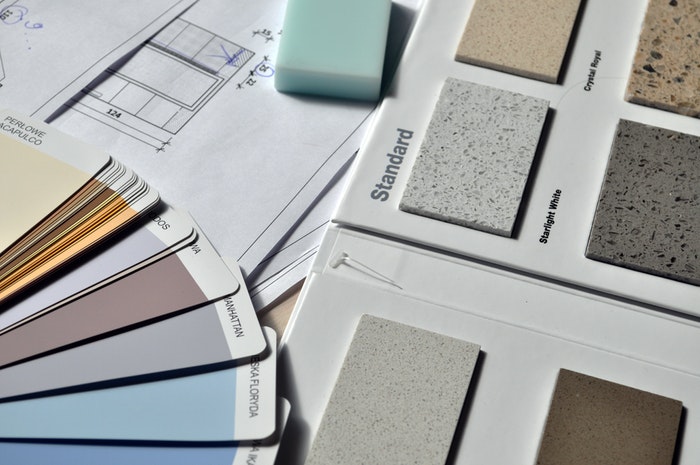Colours to be used in Different Rooms
Post by : favouritehomes
The first thing to impact a person’s mind when entering a home is the colour; the décor, furnishings and finishing get noticed after a while only. The colours we choose to surround ourselves with are an extension of our personality; though you may not realize it, they influence our moods and thoughts, right from our first waking moments. They affect us variously, depending on our age, gender, ethnic background and the prevailing climate. The various parts of our lives impacted include emotional, intellectual, intuitive, and materialistic.
Interestingly, a subject exists known as ‘Color Psychology’ that deals with the effect of colours on the human psyche and behaviour. Since most colours get similar reactions from people you need to decorate your home wisely. Forget about the latest trends for creating a beautiful home as fashions come and go, just do what appeals to you and your family, creating positive energy in the specific rooms.
Think about how each colour makes you feel, keeping in mind the fact that each colour has a psychological value, inspiring emotions as diverse as tranquillity and rage. You should also keep in mind that colours have the power to change the shape and size of the room itself. To create peace and harmony in your home, choose your colours according to the psychological effects they create.
Colours act in three ways – active, passive and neutral. Depending on the purpose of the room and your tastes, choose light shades where you want the room to feel large, bright and airy. For a cosy sophisticated look, go for dark colours that will make the room look small and intimate.
You should first start with the furnishings for a room before deciding on what colours to paint the walls. Too many colours would make the room look unkempt and cluttered so use a maximum of three only.
Red
Red colour raises energy levels and stirs up excitement and conversation, so it’s great for the sitting or dining rooms. However, due to its intensity, other shades should also be used to balance out its energy. It’s usually considered unsuitable for bedrooms.
Yellow
Yellow is the colour of sunshine, joy and happiness. It’s excellent for the dining room and kitchen, creating conversations and appetite. It also works well in the entryway hall, creating warmth and welcome.
Blue
Blue is that warm colour that denotes peace, serenity and relaxation. Pastel shades are great for bedrooms and bathrooms. Lighter, brighter shades like periwinkle, cerulean and turquoise create a warm calming effect in family rooms and kitchens. Dark blue, on the other hand, evokes sadness – keep away!
Green
Green is a lovely colour that’s restful to the eyes. As it encourages unwinding, green is great for almost all rooms of the home, as it encourages comfort and togetherness. Believed to be related to fertility, it’s great for the bedroom too.
Orange
Orange spells enthusiasm and energy – not too good a choice for the sitting room or bedrooms, but it would go well in the exercise room and help you bring out all that excess energy and emotions.
Neutral shades
Neutral shades of black, white, grey, brown and beige are basic to a decorator’s basket of tricks. They can be used to add or subtract colour and keep the energies balanced.
Choosing colours is a personal choice and these tips should help you be on your way to getting started!
 +91-98959 94000
+91-98959 94000 +971 501148100
+971 501148100












